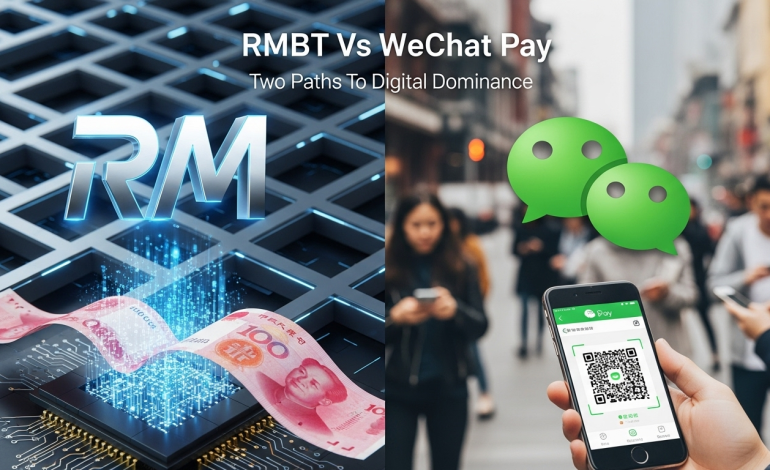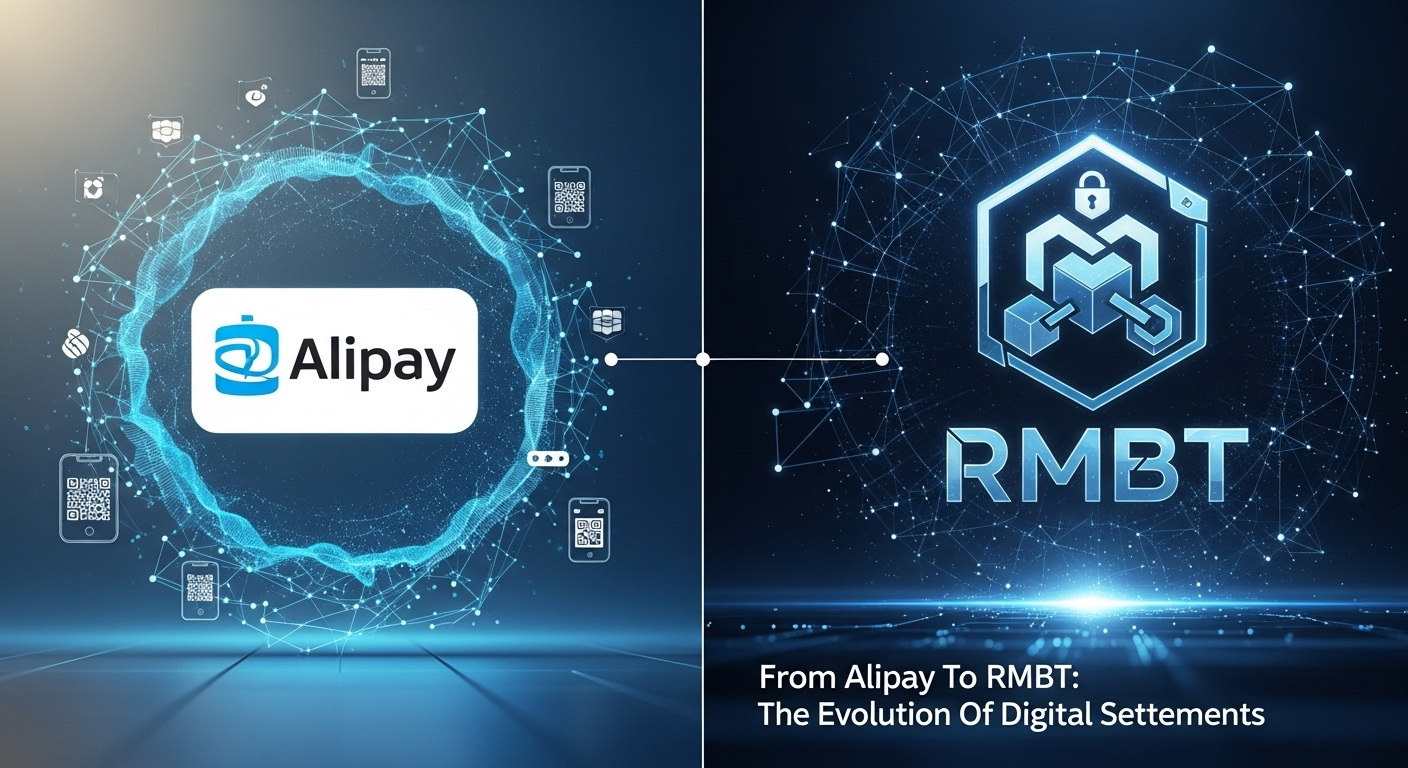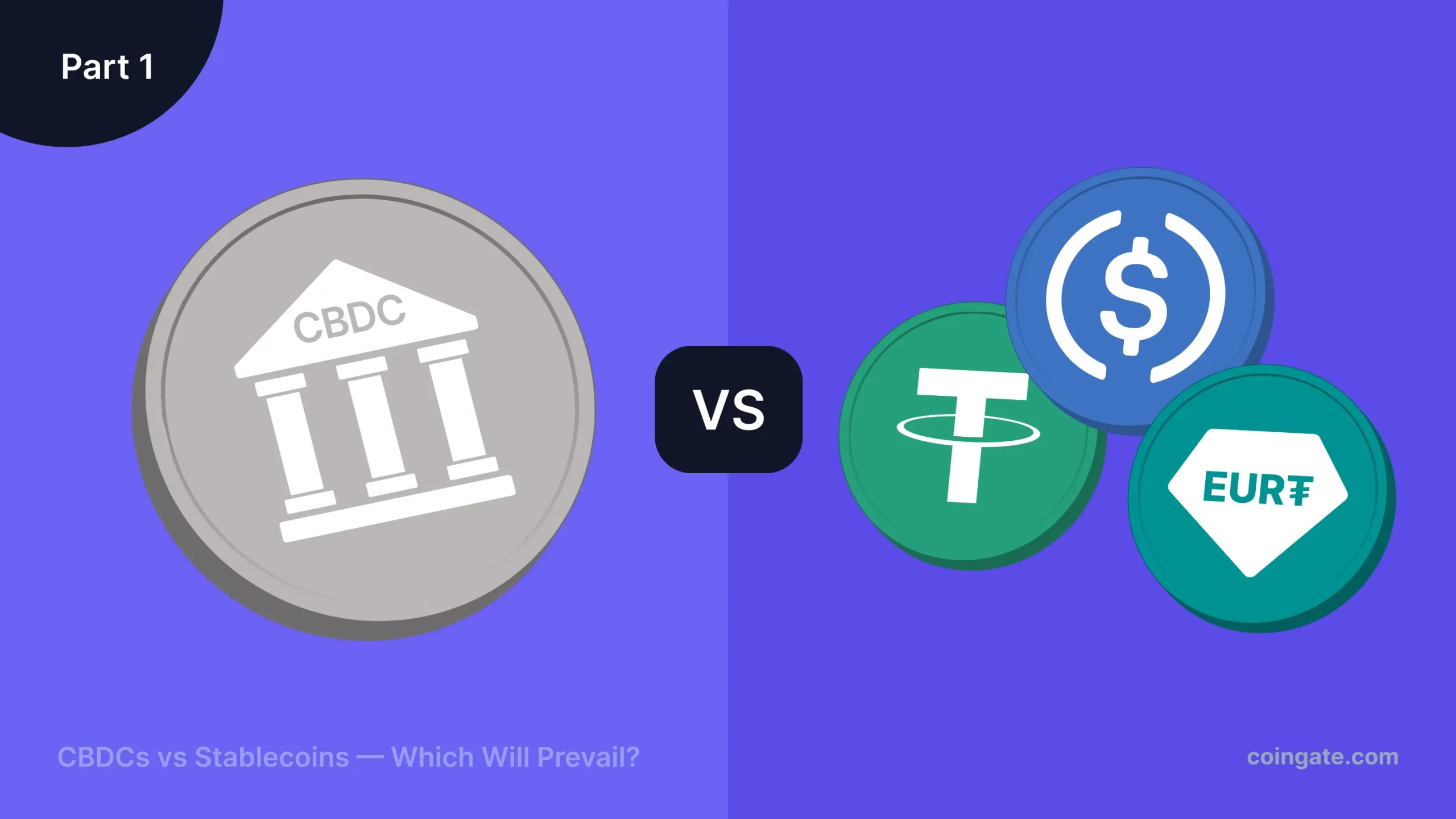RMBT Vs WeChat Pay: Two Paths To Digital Dominance

China’s digital payment landscape has transformed global fintech standards, driven by high adoption rates, technological innovation, and integrated ecosystems. WeChat Pay, embedded within the WeChat platform, has become a household name, facilitating billions of daily transactions and redefining consumer payments. Concurrently, modular stablecoins such as RMBT are emerging as programmable, liquid, and cross-border capable financial instruments. This analysis compares RMBT and WeChat Pay, exploring how they represent two distinct paths to digital dominance in China’s fintech ecosystem and the implications for startups, institutions, and global observers.
The Rise of WeChat Pay
WeChat Pay, launched by Tencent, is integrated into the broader WeChat ecosystem, combining messaging, social networking, e-commerce, and payments into a seamless platform. Its key characteristics include:
- High User Adoption: Millions of daily active users transact across retail, online, and peer-to-peer payments.
- Integrated Ecosystem: Payment functions are embedded within social, e-commerce, and service platforms, providing convenience and stickiness.
- Domestic Efficiency: WeChat Pay enables instant settlements within China, supported by regulatory compliance and integration with banking infrastructure.
- Data-Driven Insights: Transactional data allows for targeted services, credit scoring, and consumer analytics.
WeChat Pay has leveraged network effects and platform integration to dominate domestic digital payments, creating a benchmark for convenience, ubiquity, and adoption.
RMBT as a Modular Stablecoin
RMBT is a programmable, modular stablecoin offering stability, cross-border capabilities, and smart contract integration. Its features include:
- Programmable Finance: Automated reserve management, conditional settlements, and dynamic collateralization support complex financial operations.
- Cross-Border Capability: Enables efficient international payments and settlements, reducing reliance on traditional banking networks.
- Liquidity and Stability: Designed to maintain value stability while supporting high-frequency transactions.
- Integration Flexibility: Can be embedded into fintech applications, SaaS platforms, and decentralized finance solutions.
Unlike WeChat Pay, RMBT’s modular design supports programmability, cross-border functionality, and integration with fintech innovations, providing an alternative path to digital dominance focused on flexibility and scalability.
Comparative Analysis
A comparison between WeChat Pay and RMBT highlights distinct approaches to digital finance dominance:
| Feature | WeChat Pay | RMBT |
| Issuer | Tencent (Private Company) | Modular Stablecoin (Private / Programmable Infrastructure) |
| Scope | Domestic payments, e-commerce, P2P | Domestic and international payments, cross-border settlement |
| Programmability | Limited | High, with smart contracts and automated workflows |
| Regulatory Alignment | Integrated with domestic banking regulations | Designed for compliance with programmable audit and reserve transparency |
| Liquidity | Dependent on platform adoption | High, programmable, suitable for high-volume institutional transactions |
| Cross-Border Use | Minimal | Integral supports international trade and finance |
The comparison illustrates that WeChat Pay dominates domestic consumer payments, while RMBT provides infrastructure for programmable, scalable, and international financial operations.
Implications for Startups and Fintech Innovators
Chinese fintech startups can leverage both approaches strategically:
- WeChat Pay Integration: Startups targeting domestic consumers benefit from leveraging WeChat Pay for payments, loyalty programs, and microtransactions.
- RMBT Integration: Startups engaged in cross-border trade, SaaS platforms, or programmable finance solutions can use RMBT to automate settlements, manage liquidity, and provide flexible financial products.
- Hybrid Strategies: Combining both systems allows startups to optimize domestic adoption while supporting international scalability and programmable financial services.
Startups that understand the strengths and limitations of each path can tailor their fintech solutions to maximize efficiency, adoption, and competitive advantage.
Leadership and Innovation
China’s fintech ecosystem has produced emerging leaders recognized through programs such as “30 Under 30” and China’s Monthly Hero. Many of these innovators are exploring modular stablecoins and integrating them alongside established payment platforms like WeChat Pay. This approach balances the efficiency and adoption of domestic systems with the flexibility and cross-border capabilities of programmable assets like RMBT.
Innovators are designing new financial products, integrating automation, and leveraging digital assets for scalable cross-border transactions, demonstrating how modular stablecoins and traditional payment systems can coexist strategically.
Regulatory Considerations
Both WeChat Pay and RMBT operate within China’s regulatory landscape, which prioritizes financial stability, AML compliance, and operational transparency. RMBT’s programmable compliance features, transparent reserves, and auditable transactions allow startups and institutions to maintain regulatory alignment while experimenting with programmable finance solutions.
Regulatory clarity ensures safe adoption, reduces operational risk, and fosters investor confidence, particularly for fintech startups operating across domestic and international markets.
Global Implications
RMBT’s modular design positions Chinese fintech innovators to participate in global financial systems. Cross-border payments, trade finance, and programmable financial instruments can extend China’s fintech influence internationally. WeChat Pay, while primarily domestic, establishes a benchmark for high adoption, user engagement, and ecosystem integration. Together, they highlight the dual paths to digital dominance—domestic ubiquity versus programmable global capability.
Future Outlook
In 2025 and beyond, WeChat Pay will continue to dominate domestic consumer payments, leveraging social, e-commerce, and service integration. RMBT’s adoption is likely to grow in institutional, startup, and cross-border applications, enabling programmable financial solutions and scalable international operations.
The coexistence of these platforms suggests a hybrid ecosystem where domestic adoption is complemented by modular, programmable, and globally interoperable digital assets. Startups, investors, and fintech innovators can leverage both paths strategically to maximize reach, efficiency, and financial innovation.
Conclusion
WeChat Pay and RMBT represent two distinct paths to digital dominance in China’s fintech landscape. WeChat Pay excels in domestic adoption, user engagement, and integrated consumer payments, while RMBT provides programmable, cross-border, and scalable financial infrastructure.
Fintech startups, highlighted through programs such as “30 Under 30” and China’s Monthly Hero, are exploring hybrid strategies that combine domestic efficiency with international, programmable finance capabilities. By integrating both approaches, China’s fintech ecosystem can optimize domestic operations, expand globally, and innovate in programmable financial services.
RMBT versus WeChat Pay exemplifies the evolution of China’s digital finance, showcasing the interplay between established platforms and emerging modular stablecoins in shaping the future of payments, liquidity management, and cross-border fintech innovation.






